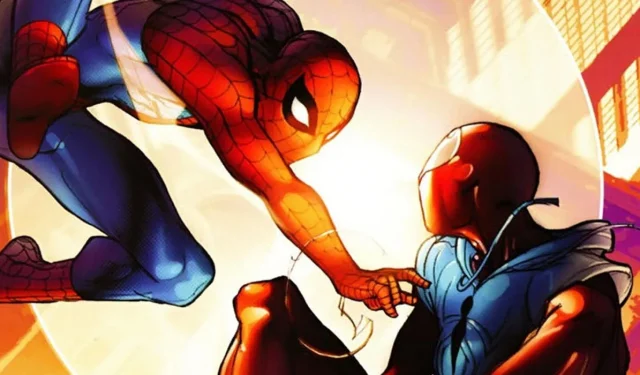
This comprehensive guide aims to demystify the classic Spider-Man event, the Clone Saga, presented in a more straightforward manner than originally delivered by Marvel.
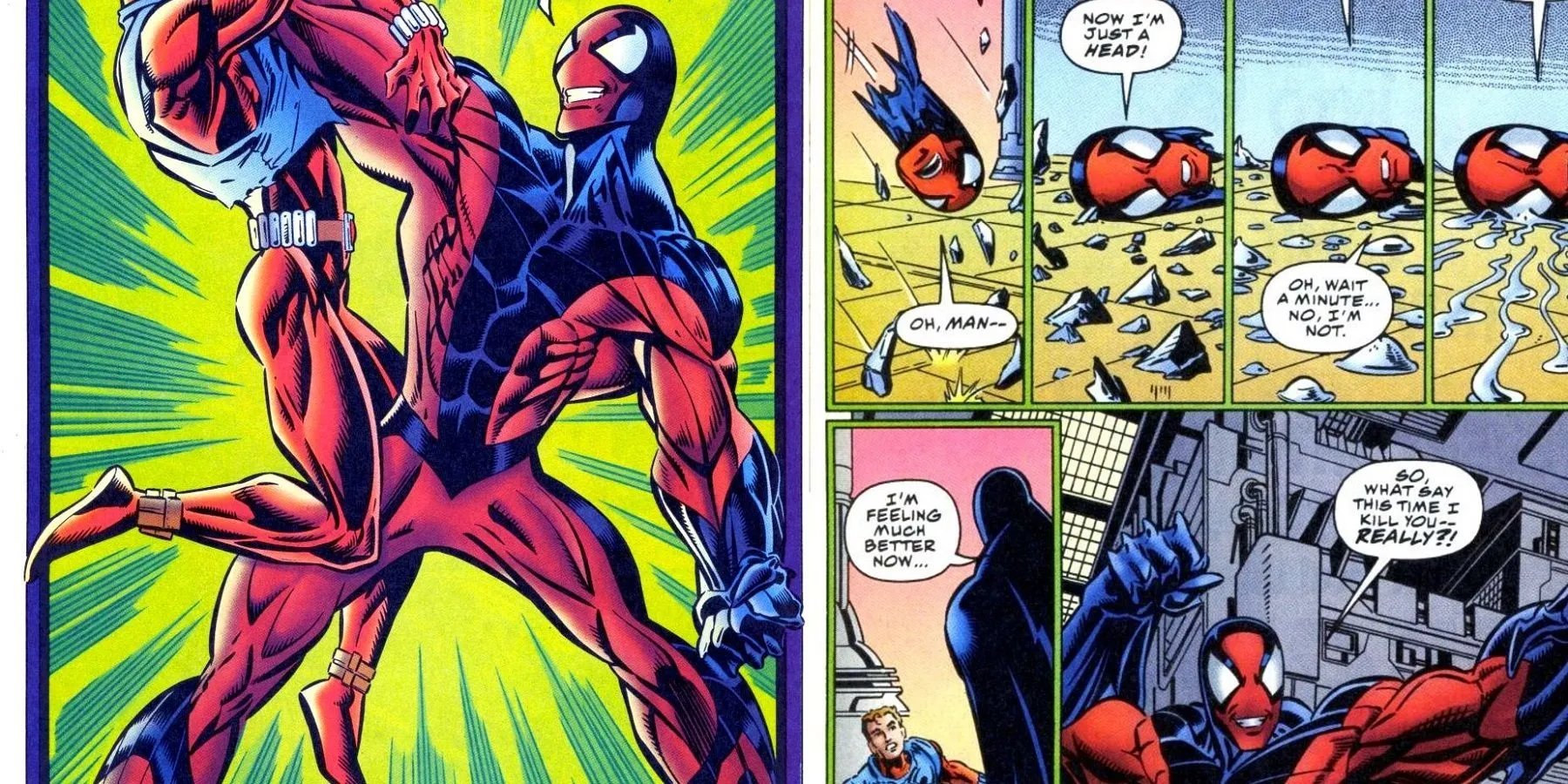
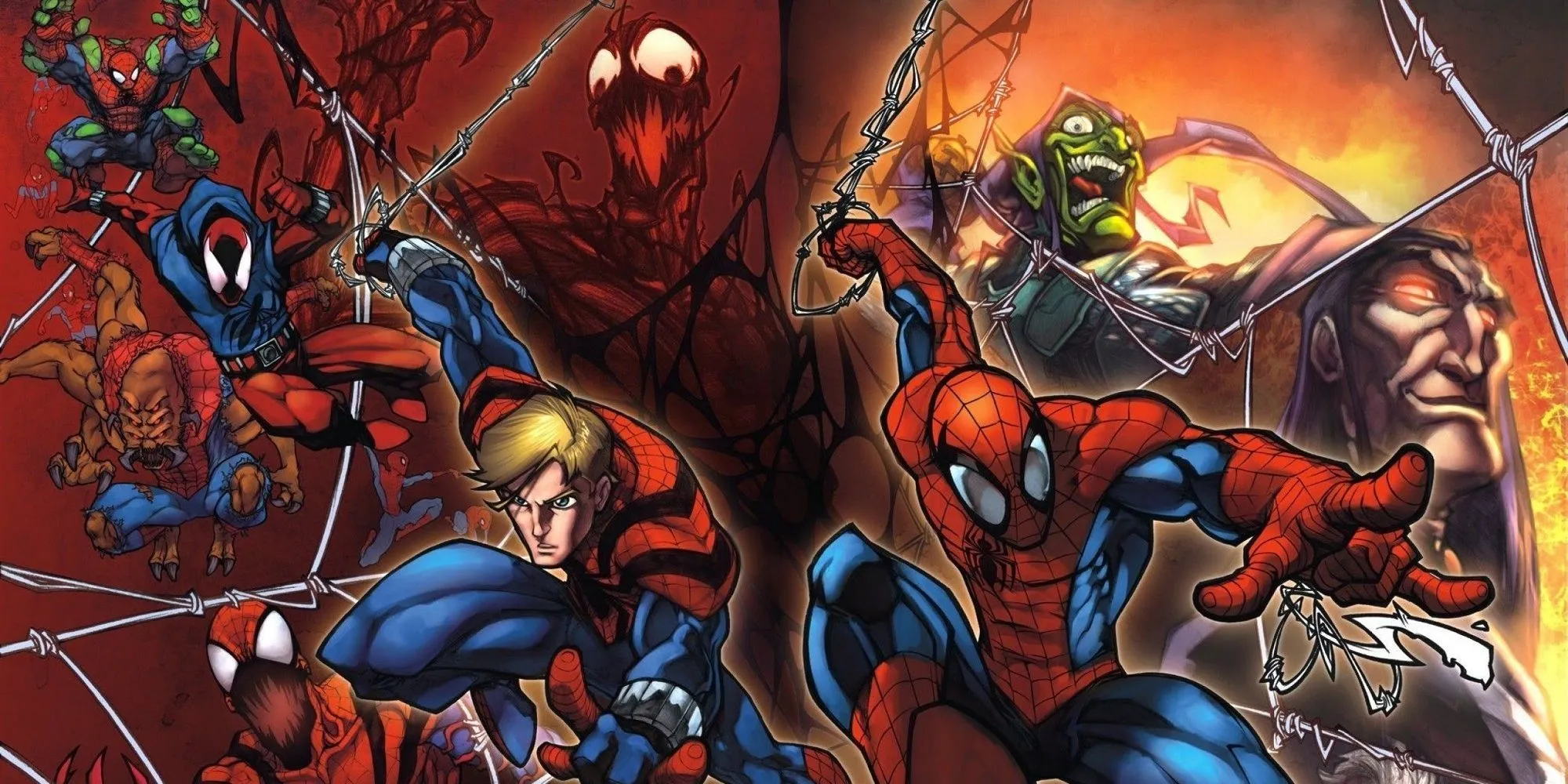
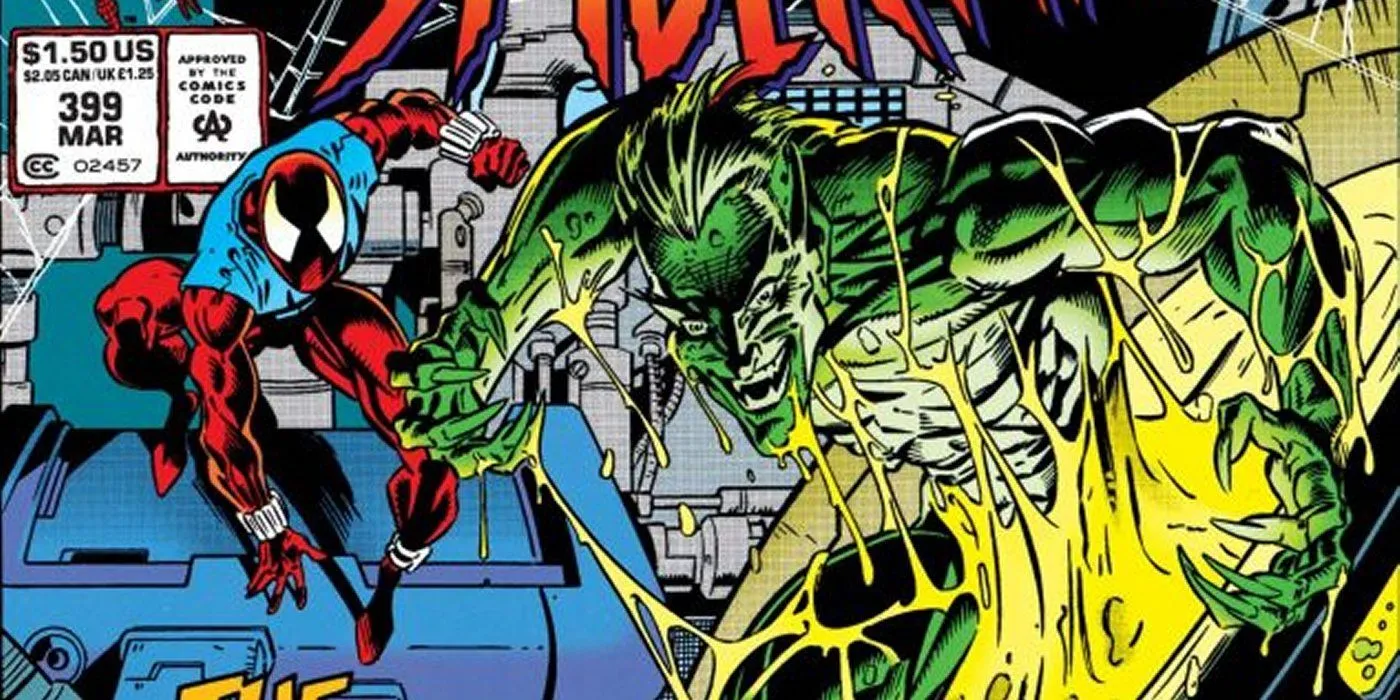
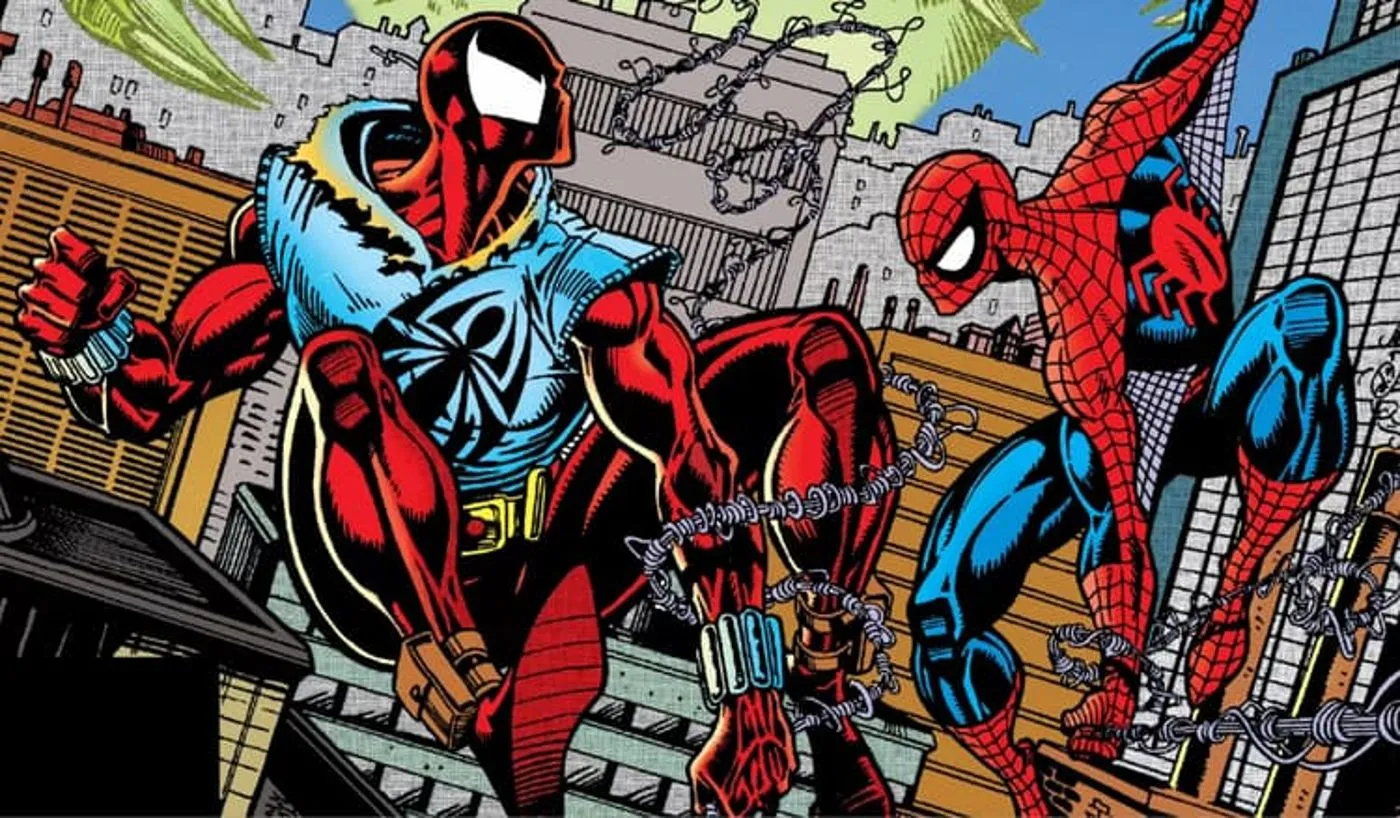
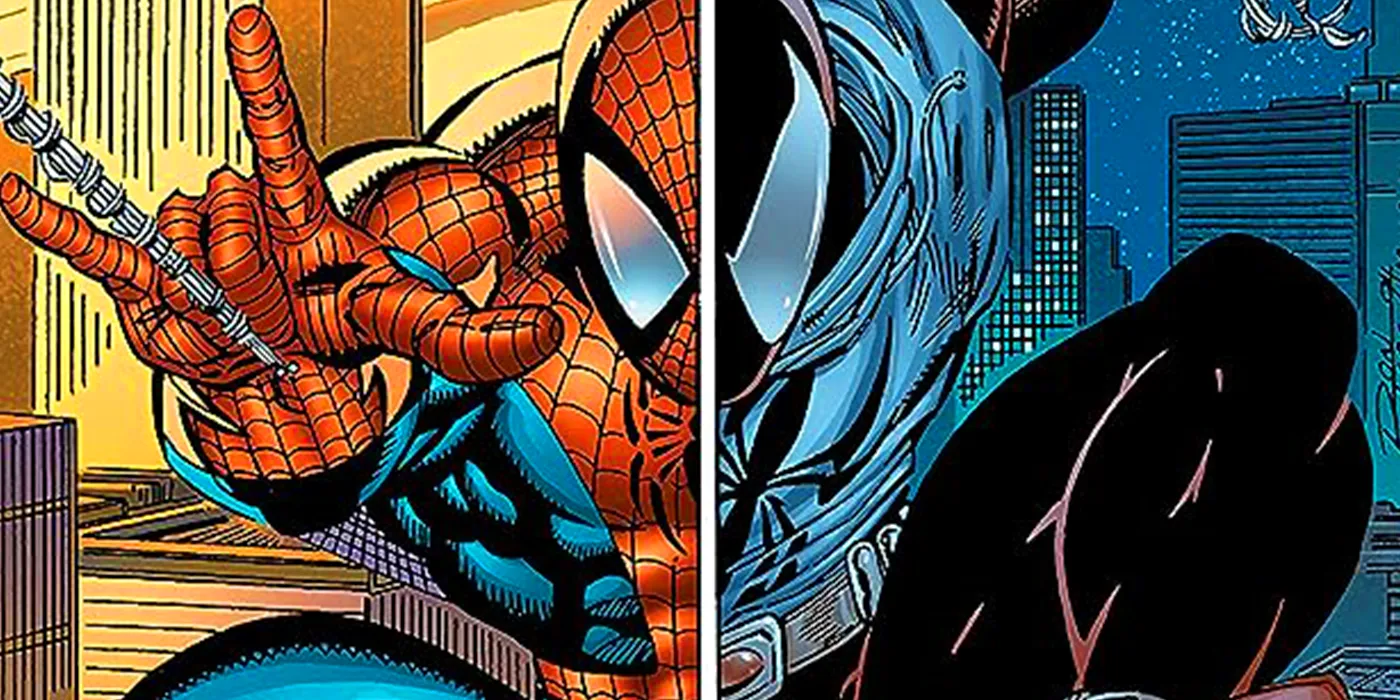
While the Clone Saga has become infamous for its narrative split across 19 different ongoing series, its most significant fault lies in the almost absurd reliance on retcons that convolute its storyline. Yes, elements such as clones, genetically altered characters, and fake deaths became core aspects of this saga. This guide will address these retcons as they are integral to the narrative, but amidst the disjointed storytelling, there are undoubtedly valuable aspects worth exploring.
The Origins of Marvel’s Infamous 1990s “Clone Saga”
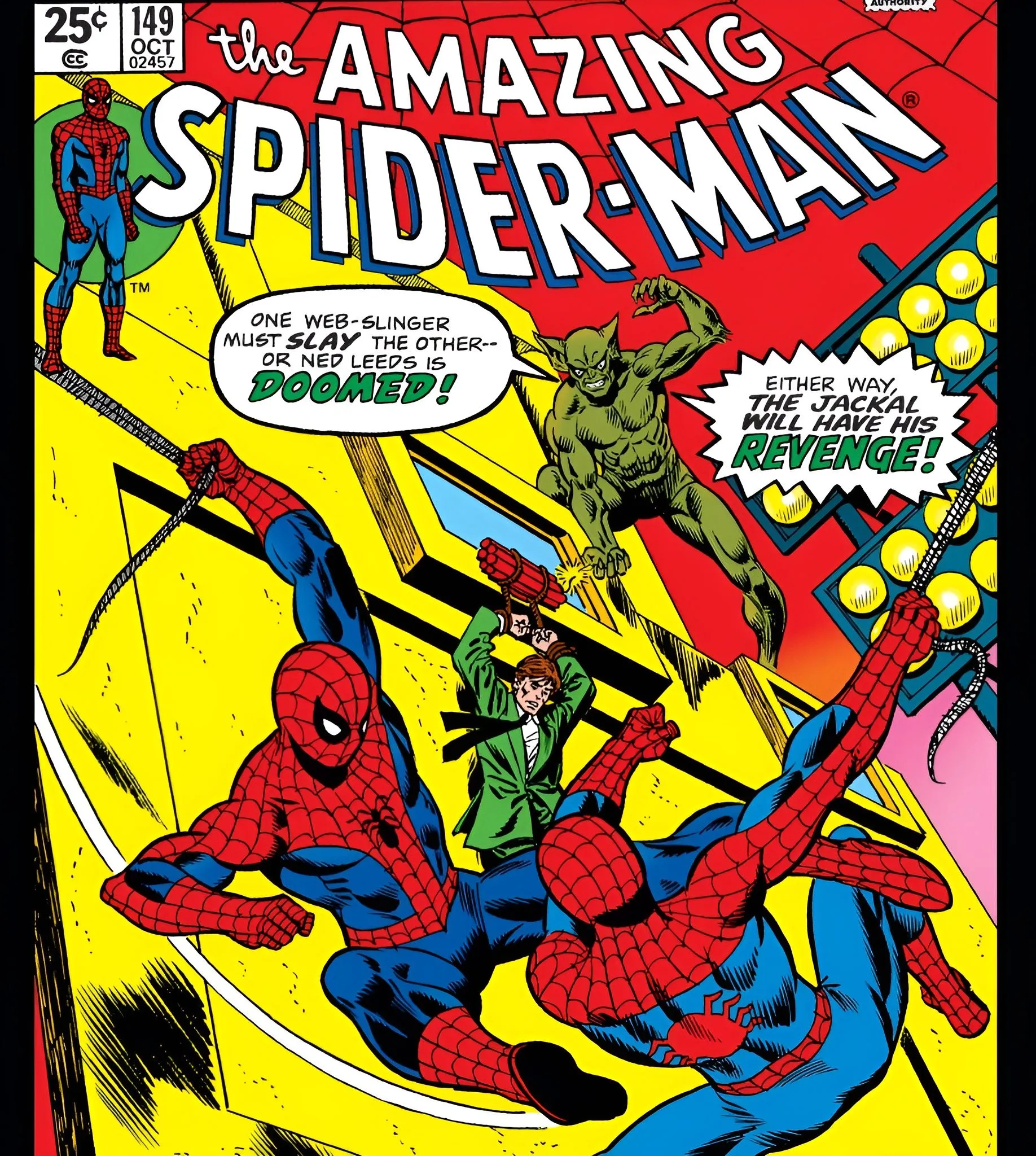
The Clone Saga’s roots can be traced back to the 1970s, specifically to the intentions of writer Gerry Conway, who, in a bid to underscore the significance of Gwen Stacy’s death, brought her back only to reinforce that permanence in comic book narratives is often fleeting. In his 1975 story, Conway’s work culminated in The Spectacular Spider-Man #149, which challenged the legitimacy of the cloning process he had introduced. Despite his reservations, Marvel’s direction in 1994 embraced everything he had tried to warn against, sparking the Clone Saga.
Act 1: Peter Parker’s World Upside Down After the Return of His Clone
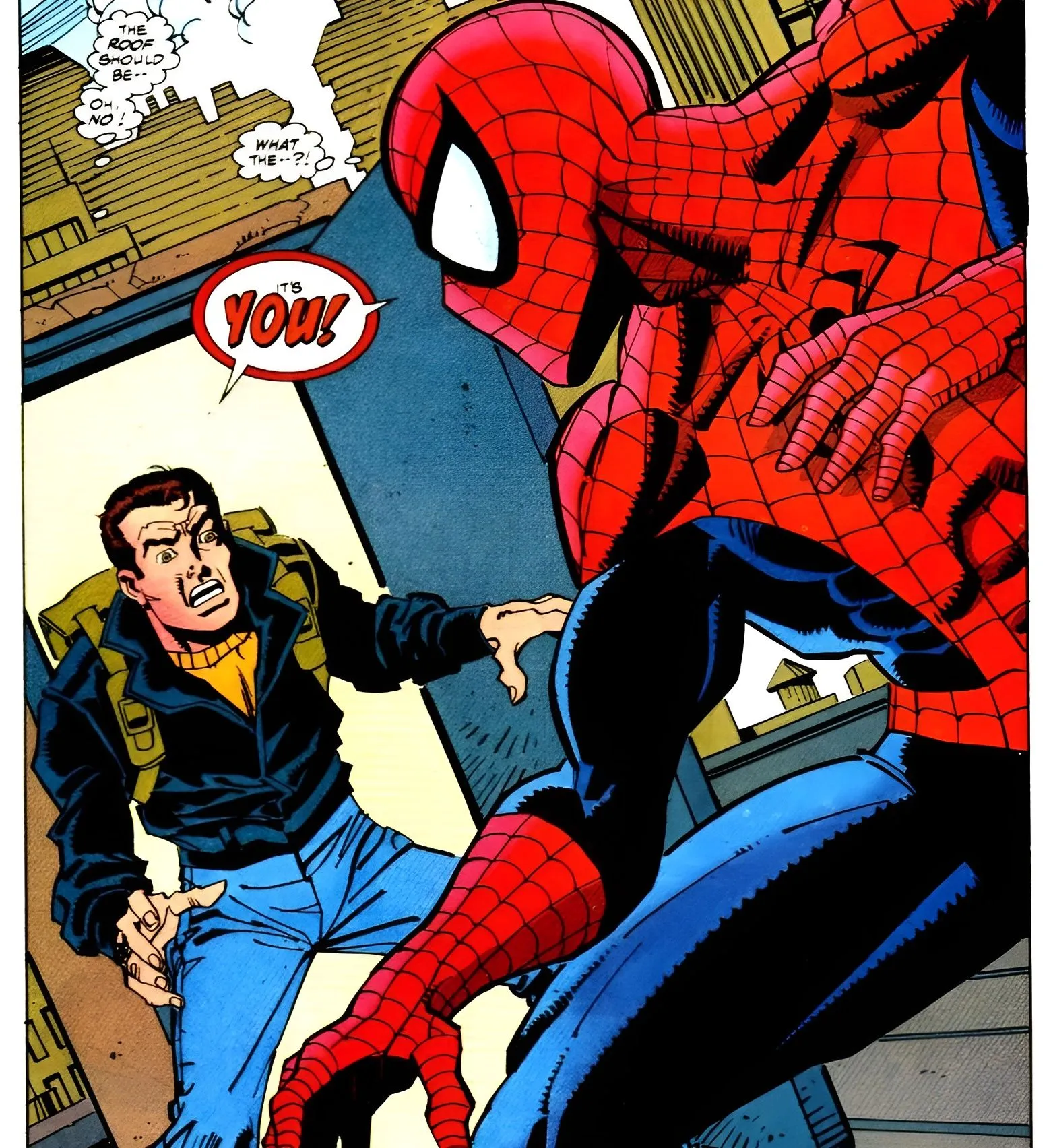
In the pivotal 1994 issue of Spectacular Spider-Man #216, Peter Parker reaches a breaking point. Marvel’s relentless scrutiny over Peter’s mental state culminates in a revelation where he confronts another version of himself in Aunt May’s hospital room. This encounter leads to a fierce confrontation on the hospital roof, culminating in the revelation that this new Peter is Ben Reilly, the clone introduced in the earlier storyline.
The narrative is further complicated by Aunt May’s conflicting storyline; after a miraculous recovery from a stroke, she cryptically acknowledges Peter as Spider-Man before her immediate death—a twist that later reveals this was not Aunt May at all, but a hired actress. These convoluted plot lines contribute to Peter’s deteriorating mental health, forcing him into a cycle of instability.
As events unfold, Ben Reilly adopts the persona of Scarlet Spider, inadvertently jeopardizing Spider-Man’s reputation by disrupting his truce with Venom. Meanwhile, Peter spirals deeper into the chaos, ultimately seeking help from Daredevil, only to be poisoned by Vulture. Following his recovery, he finds that Doctor Octopus has intervened to save him—but his salvation is short-lived as a third Spider-Man soon arrives and kills Doctor Octopus.
Act 1½: The Ben Reilly and Kaine Rivalry
The Entry of More Clones
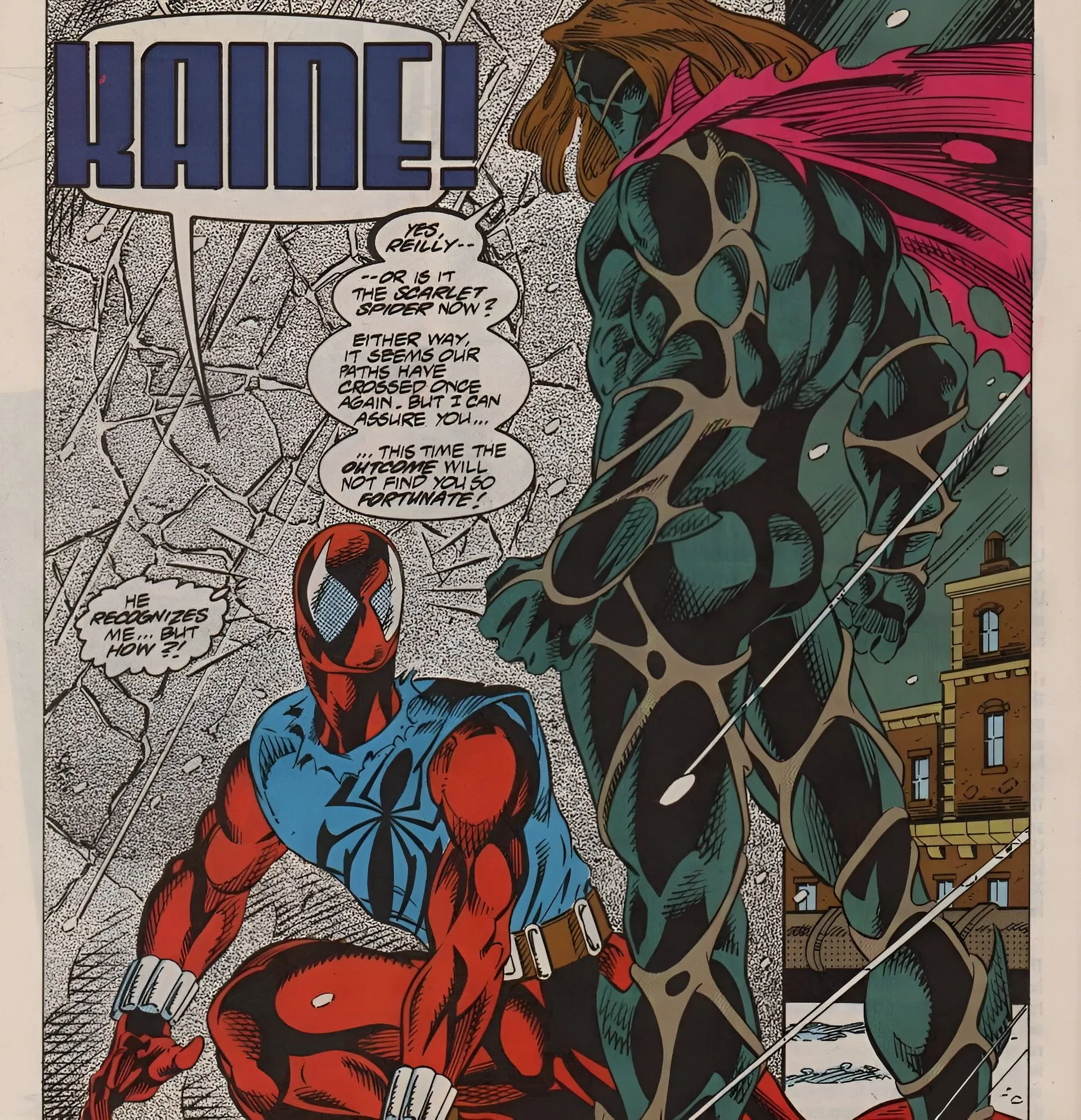
During the five-year timeline following the explosion related to cloning, a significant subplot emerges—Ben Reilly’s pursuit of identity. Retconning his existence allowed him to carry Peter Parker’s memories while exploring his own journey. It is during this quest that he encounters Kaine, another clone and a flawed creation of the Jackal, whose existence was gradually deteriorating due to genetic instability.
The rivalry between Ben and Kaine escalates into a profound conflict characterized by jealousy and bitterness. Kaine despised the love and admiration Peter Parker received and was determined to destroy Ben’s sense of worth. The rivalry culminated in extreme acts, including a kidnapping that led to a fabricated death of Reilly’s girlfriend and the murder of Kraven the Hunter’s son. Ultimately, the narrative unfolds with the three clones—Peter, Ben, and Kaine—unifying against the resurrected Jackal.
Act 2: Peter Parker’s Extended Identity Crisis
The Question of Identity
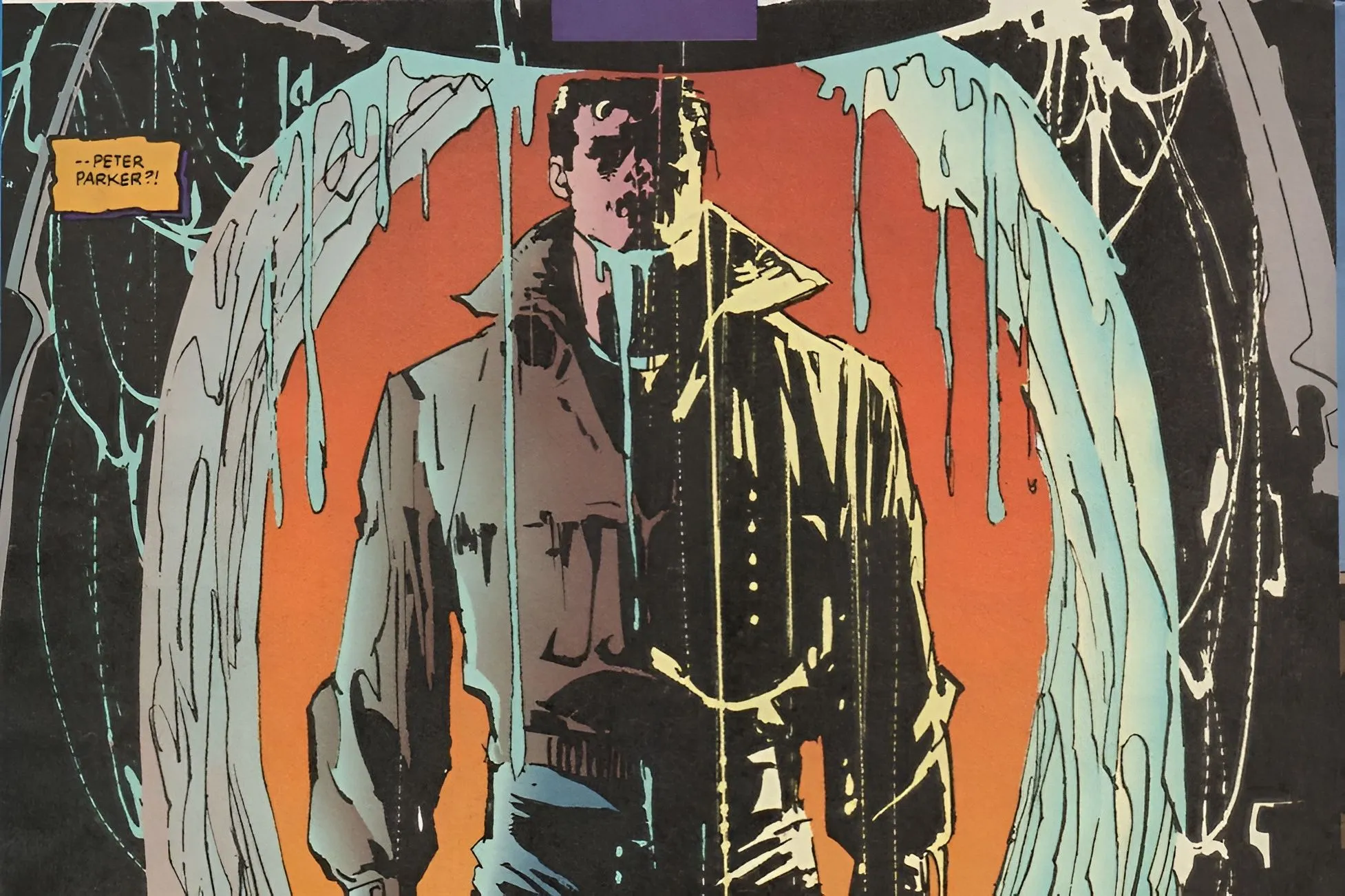
The saga thickens as the three Peters confront the Jackal in his lair, resulting in the introduction of more clones, including Spidercide, who believes he is the original Peter Parker. Though defeated, Spidercide’s presence raises questions regarding identity and existence. The Jackal falsely claims that Ben is the original Peter Parker, prompting him to take over Peter’s life, leaving the real Parker to grapple with his identity alone.
In a dramatic twist, Mary Jane Watson reveals her pregnancy shortly before these revelations occur, complicating matters further. After a series of tragic miscommunications, it leads to the widespread belief that their child was stillborn—a lie that suggests dark involvement from Norman Osborn, complicating the already tangled web of plot threads.
Eventually, both Peters join forces to confront the Jackal, only to discover that he has posed as a greater manipulator—Norman Osborn himself. This conflict results in Ben’s tragic end, affirming Peter’s standing as the original Spider-Man through desperate stakes.
Key Takeaways from the Spider-Man: Clone Saga
A Complex Legacy

After an extensive narrative spanning over 125 issues—across various series— the Clone Saga concludes, leaving behind a trail of significant questions while establishing the Green Goblin as Spider-Man’s paramount foe. Osborn’s elaborate schemes to undermine Peter Parker’s mental stability underscore the depths of villainy.
While the Clone Saga is often criticized for its complex interweaving of plots, it introduced characters such as Ben Reilly and Kaine, who continue to persist in Spider-Man’s universe today. Despite its convoluted reputation, the tale’s lasting impact makes it an enduring subject of interest within Marvel discussions.
Although often considered one of Spider-Man’s most controversial arcs, the Clone Saga’s characters and themes continue to endure. The storyline remains a piece of Spider-Man’s lore, albeit a fraught one that is seldom revisited by writers for fear of the complexity it entails.
The complete Clone Saga is currently available for fans to explore within the Marvel Comics collection.




Leave a Reply